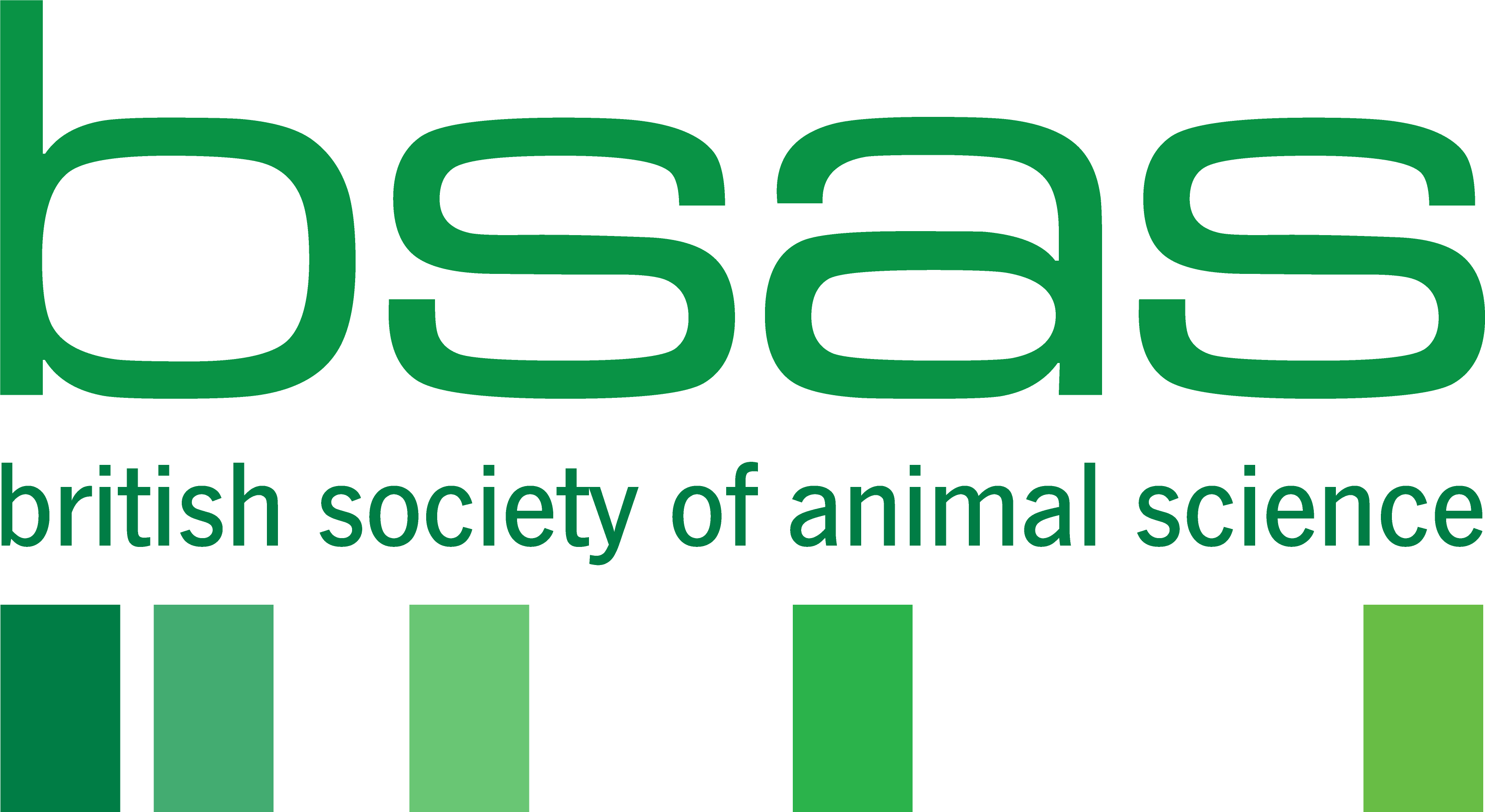Horses Show Distinct Facial Expressions During Agonistic and Affiliative Interactions
By Annie Williams
Take home message: Behaviours that horses exhibit during both agonistic and affiliative interactions (e.g., bite, push) were overall found to involve similar facial movements regardless of the positive or negative nature of the interaction. Blinking was found to be strongly associated with positive interactions, ‘nostril lift and dilation’ was seen almost exclusively during agonistic interactions, ears forward was associated with positive interactions, whilst backward rotation and ear pinning was generally associated with negative interactions.
Horses are group-living animals that often form relationships within their social group. Horses can recognise individuals through body odour, vocalisations and evidence of cross-modal individual recognition has also been discovered. These findings suggest advanced social skills, supported by the fact that horses show many social behaviours that are believed to be necessary for maintaining a dynamic social environment, such as threat and appeasement behaviours. Recent studies have shown that horses exhibit a variety of facial expressions, but the functional relevance of these is still very much unknown. This study investigated whether horses show distinct facial expressions during agonistic (negative) and affiliative (positive) interactions between conspecifics.
The study hypothesised that: There will be a significant difference in facial expressions shown by horses between agonistic and affiliative interactions
A sample of 37 horses was observed over a period of 4 months during routine turnout. A camcorder and GoPro were used to film randomly selected focal horses for 30 minutes at a time, capturing social behaviours and any facial expressions that may be exhibited. Neutral facial expressions were filmed opportunistically throughout data collection. Facial movements were coded using the Equine Facial Action Coding System (EquiFACS) and an ethogram of agonistic and affiliative social behaviours was used to record the behaviours that were observed. The data was quantitative and non-parametric, so a chi-squared goodness-of-fit test was used on all facial movements that were observed at least once during agonistic and affiliative interactions. Data was changed into proportions to allow for further visual analysis of facial movements shown during specific behaviours.
‘Blink’ was observed more often during affiliative interactions than agonistic ones. Blink rate decreases significantly during stressful situations, indicating that blinking is a positive action associated more strongly with affiliative interactions in horses than in agonistic interactions. Nostril lift was almost exclusively observed in agonistic interactions, mostly during chase, displace, head threat, and kick threat behaviours. It appears that the nostril lift is strongly associated with agonistic behaviours that involve threat. ‘Ears forward’ was observed significantly more during affiliative interactions than agonistic and ‘ear flattener’ and ‘ear rotator’ were observed significantly more during agonistic interactions, supporting the general belief that ears back and flattened is a sign of negative emotion in horses. ‘Nostril dilator’ was observed more often during agonistic interactions than affiliative and in previous studies has been linked to stress and pain.
Overall, it was found that 12 of 25 observed facial movements were significantly different between agonistic and affiliative interaction. Some behaviours were performed during both agonistic and affiliative interactions. Behaviours that are seen during both agonistic and affiliative interactions (e.g., bite) were not found to involve significantly different facial movements whether they were positive or negative.
This study was undertaken by Catherine Morrish partial fulfilment of the requirements for the Bachelor of Science degree in Equine Science. Catherine would like to acknowledge supervisors Lorna Cameron and Natalie Stones and also thank Kate Lewis and Marianne Freeman.
Annie Williams, CIELivestock
Annie is a member of the BSAS Early Careers Council.
